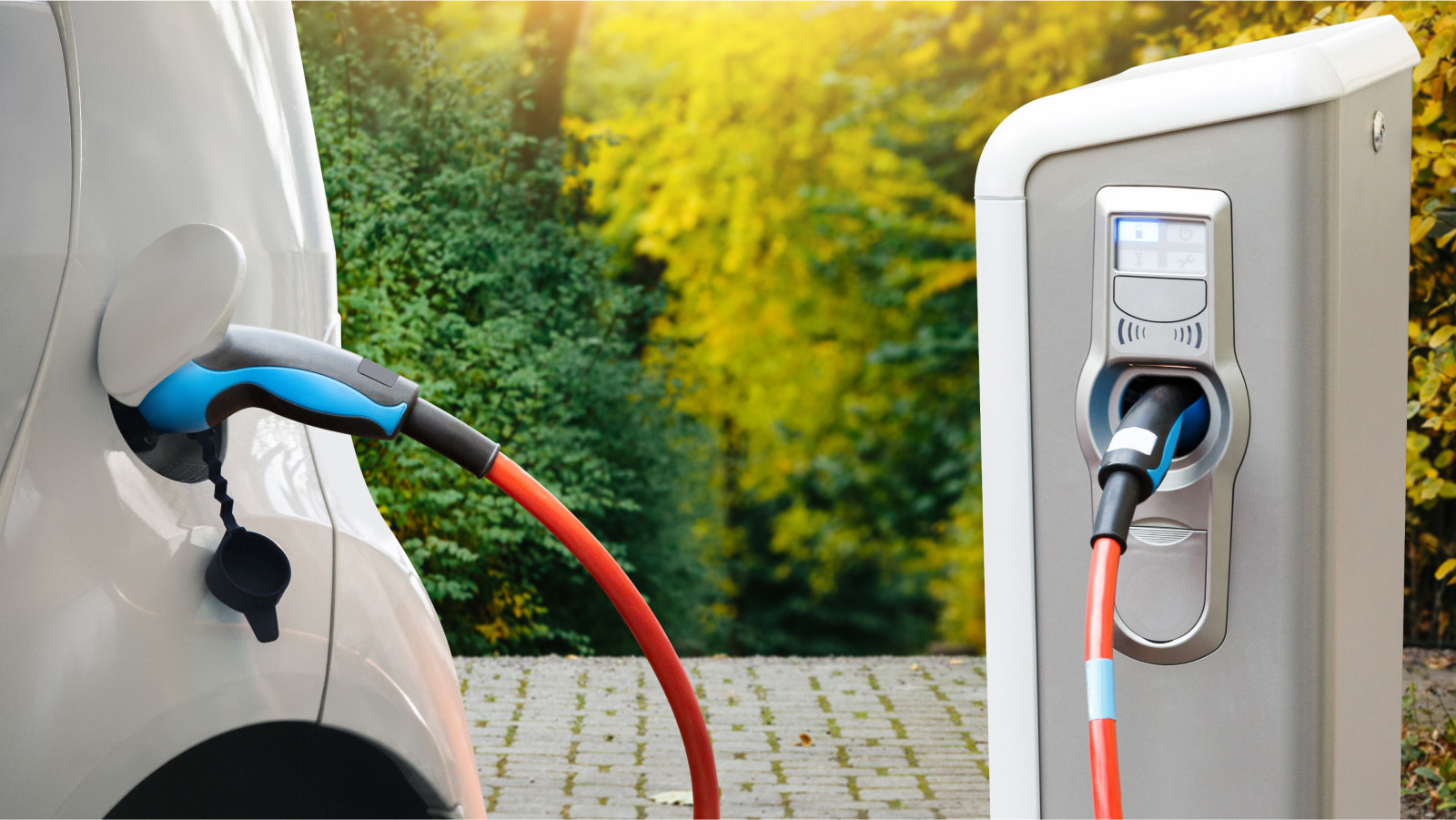Energy Efficiency and Carbon Emissions Reduction:
1. Smart Grid Integration: Optimize energy distribution and reduce consumption through real-time monitoring and control.
2. Renewable Energy Expansion: Install solar panels, wind turbines, and other renewable energy sources to reduce reliance on fossil fuels.
3. Energy-Efficient Building Standards: Enforce stricter insulation and energy-saving measures in new and existing buildings.
4. Electric Vehicle Adoption: Promote the use of electric vehicles to reduce transportation emissions.
Waste Reduction and Circular Economy:
1. Zero-Waste Initiatives: Implement programs to eliminate waste by promoting recycling, composting, and reusable products.
2. Circular Economy Principles: Encourage businesses to design products for reuse and recycling, reducing waste generation.
3. Food Waste Reduction: Implement policies to prevent food waste, such as composting and food donation programs.
4. Sustainable Packaging: Promote the use of biodegradable and recyclable materials for packaging to reduce plastic pollution.
Water Conservation and Management:
1. Water-Efficient Fixtures and Appliances: Install low-flow toilets, faucets, and washing machines to reduce water consumption.
2. Rainwater Harvesting Systems: Collect and store rainwater for non-potable uses, such as irrigation and flushing toilets.
3. Greywater Reuse: Utilize treated wastewater from showers and sinks for irrigation or other non-potable purposes.
4. Water-Sensitive Urban Design: Incorporate green infrastructure, such as rain gardens and permeable pavements, to manage stormwater runoff and conserve water.
Sustainable Agriculture and Food Systems:
1. Organic and Sustainable Farming Practices: Promote the use of regenerative agriculture techniques, such as crop rotation and cover cropping.
2. Local Food Production: Encourage the consumption of locally grown and produced food to reduce transportation emissions.
3. Plant-Based Diets: Promote the consumption of plant-based foods to reduce the environmental impact of animal agriculture.
4. Food Security Initiatives: Support initiatives to address food poverty and ensure access to healthy and nutritious food.
Sustainable Cities and Communities:
1. Urban Greening: Plant trees, create parks, and promote green roofs to improve air quality and reduce the urban heat island effect.
2. Active Transportation: Encourage walking, cycling, and the use of public transportation to reduce air pollution and promote physical activity.
3. Community Gardens and Urban Farms: Create shared spaces for food production and foster community engagement.
4. Sustainable Urban Planning: Integrate sustainability principles into urban planning and development, such as compact city design and mixed-use zoning.
Education and Awareness:
1. Sustainability Education in Schools: Incorporate sustainability concepts into school curricula at all levels.
2. Public Awareness Campaigns: Launch campaigns to educate the public about sustainable living practices and their benefits.
3. Community Outreach Programs: Engage local communities in sustainability initiatives and empower them to make positive changes.
4. Business Sustainability Support: Provide resources and incentives for businesses to adopt sustainable practices.
Our planet faces an urgent climate crisis. Energy efficiency and carbon emissions reduction are crucial to addressing this challenge. Join the Movement! 1. Optimize Energy Use: * Switch to LED lighting and energy-efficient appliances. * Install smart thermostats and programmable timers. * Unplug electronics when not in use. 2. Invest in Renewables: * Consider solar panels, wind turbines, or geothermal heating. * Support community energy projects and renewable energy initiatives. 3. Insulate and Weatherize: * Seal air leaks in windows, doors, and pipes. * Add insulation to walls, ceilings, and floors. * Plant trees to shade your home and reduce cooling costs. 4. Drive Less, Walk More: * Use public transportation, carpool, or ride-share for daily commutes. * Consider electric or hybrid vehicles for personal transportation. * Walk or bike for short distances. 5. Advocate for Change: * Contact your elected officials and urge them to prioritize energy efficiency and carbon reduction policies. * Support organizations working towards a sustainable future. Together, we can reduce our energy consumption, lower our carbon footprint, and protect our planet for generations to come. Act now and make a difference!
Energy Efficiency and Carbon Emissions Reduction and what we can do.

Leave a Reply